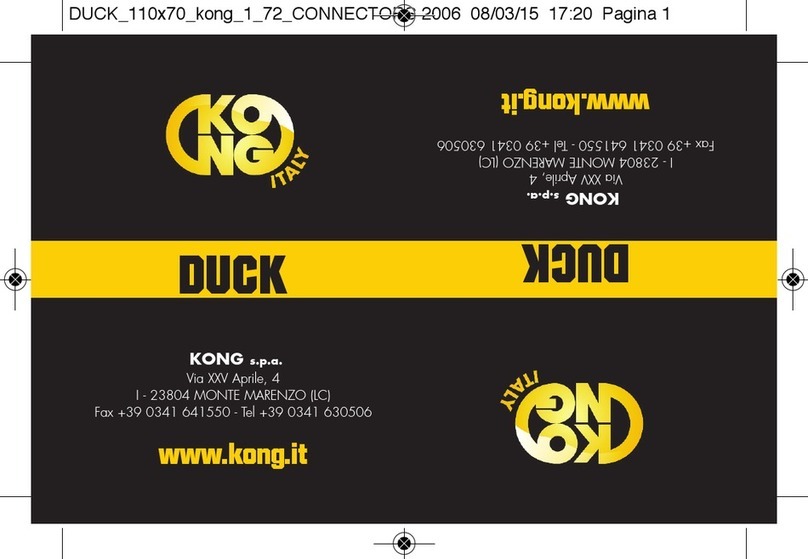
CS
1 - ZÁKLADNÍ INFORMACE
A) Informace dodané výrobcem (dále pouze „informace“)
si uživatel musí přečíst a řádně je pochopit ještě před
použitím zařízení. Upozornění: Přestože informace
týkající se popisu vlastností zařízení, jeho výkonnosti,
montáže, demontáže, údržby, uchovávání, dezinfekce
apod. obsahují některé rady pro použití, nesmí se nikdy
v reálných situacích považovat za návod k použití (stejně
jako návod k použití a údržbě automobilu nevysvětluje, jak
řídit, a nenahrazuje autoškolu). Upozornění: Lezení po
skalách i po ledu, slaňování, lezení po zajištěných cestách
(via ferrata), speleologie, skialpinismus, canyoning,
průzkum, záchranářství, stromolezectví a výškové práce –
to vše jsou činnosti s vysokým stupněm rizika, při kterých
může dojít i ke smrtelným úrazům. Uživatel přijímá všechna
rizika pocházející z provozování těchto činností a z použití
našeho zařízení.
Toto zařízení musí používat pouze osoby fyzicky vhodné
a vyškolené (informované a zacvičené) ohledně používání
nebo osoby, které jsou pod přímou kontrolou školitelů/
dozoru, kteří/který ručí za jejich bezpečnost.
B) Před použitím a po použití musí uživatel provést
všechny kontroly popsané ve specických informacích a
zejména se ujistit, že zařízení:
- je v optimálním stavu a funguje správně,
- je vhodné pro použití: jsou povolené pouze znázorněné
techniky, které nejsou přeškrtnuté, a jakékoli jiné použití
není ve shodě, a proto je potenciálně nebezpečné.
C) Když má uživatel minimální pochybnosti o účinnosti
zařízení, musí jej okamžitě vyměnit, zejména po jeho
použití pro zastavení pádu. Nevyhovující použití,
deformace, pády, opotřebení, chemická kontaminace,
vystavení teplotám nižším než -30 °C nebo vyšším než
+50 °C u textilních/plastových komponentů/zařízení a +100
°C u kovových zařízení představuje některé z příkladů,
které mohou snížit, omezit a ukončit životnost zařízení.
Výrazně se doporučuje osobní používání zařízení z důvodu
nepřetržitého monitorování stupně ochrany a účinnosti.
D) Toto zařízení se smí používat spolu s OOP, které
vyhovují Směrnici 89/686/EHS a jsou kompatibilní s
příslušnými informacemi od výrobce.
E) Poloha ukotvení je nezbytným předpokladem pro
bezpečnost zastavení pádu: pozorně zhodnoťte volnou
výšku pod uživatelem, výšku možného pádu, prodloužení
lana z přírodních/syntetických materiálů / kovového lana,
prodloužení případného pohlcovače/rozptylovače energie,
postavu uživatele a „kyvadlový“ efekt, abyste se vyhnuli
všem možným překážkám (např. terén, oděr materiálu o
skálu apod.).
F) Minimální odolnost kotvicích bodů, vytvořených na
přírodních i umělých prvcích, musí mít hodnotu 12 kN.
Vyhodnocení již realizovaných kotvicích bodů na přírodních
prvcích (skála, rostliny apod.) je možné pouze empirickým
způsobem, a proto musí být provedeno kompetentním
odborníkem, zatímco vyhodnocení umělých prvků (kovy,




























